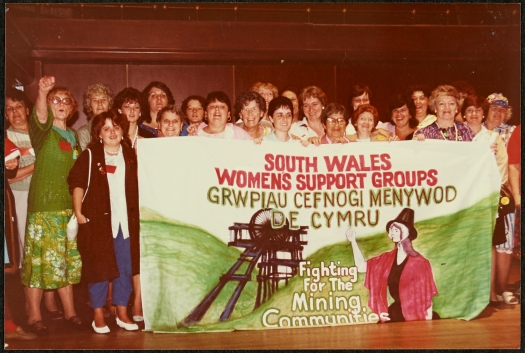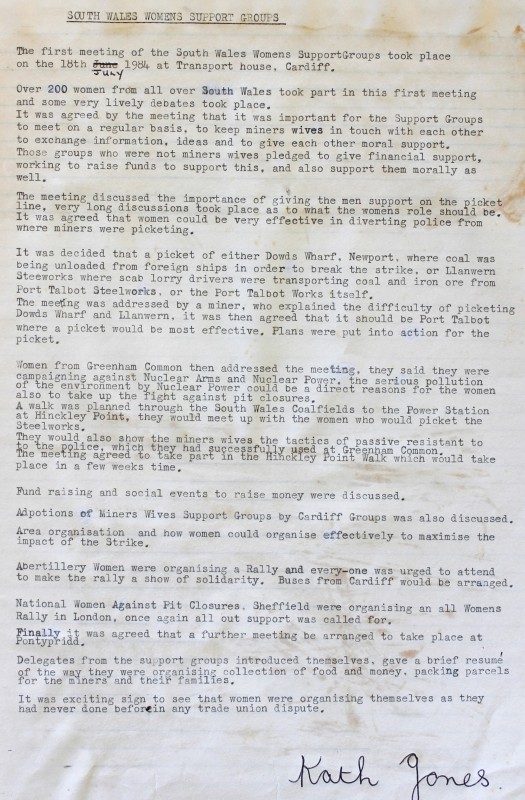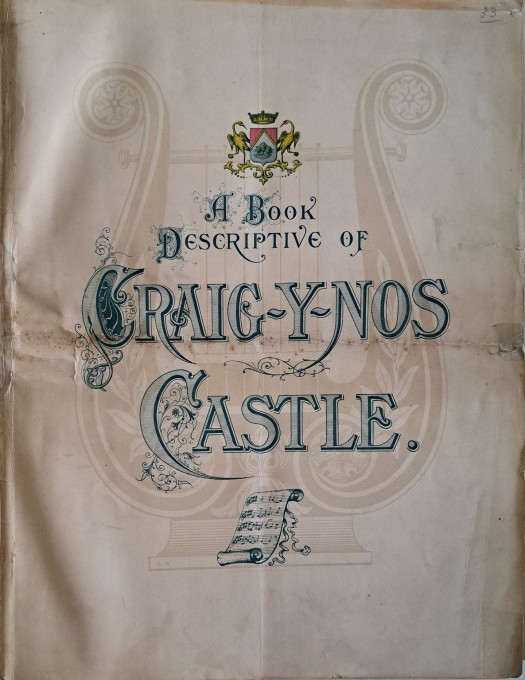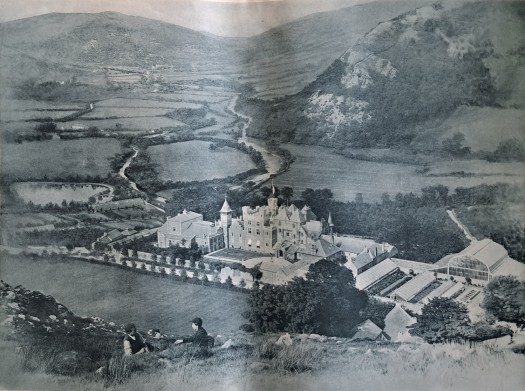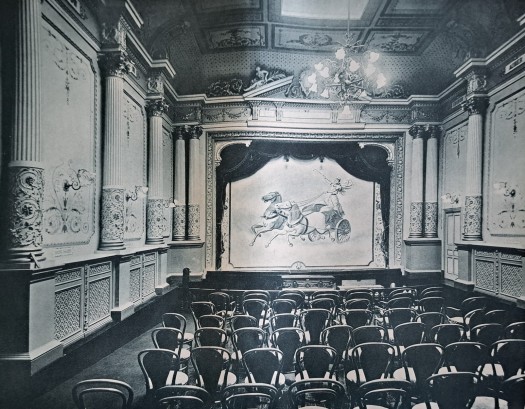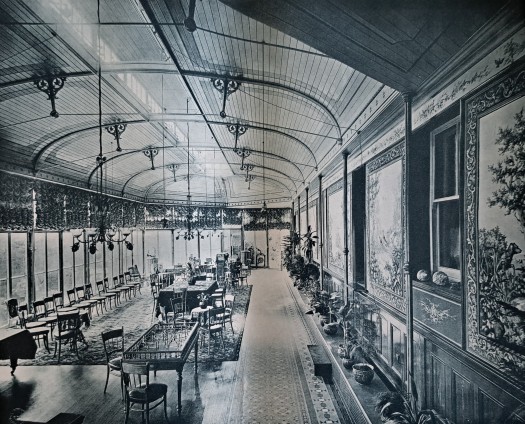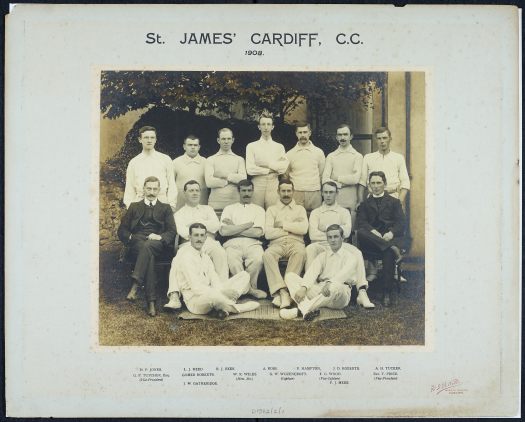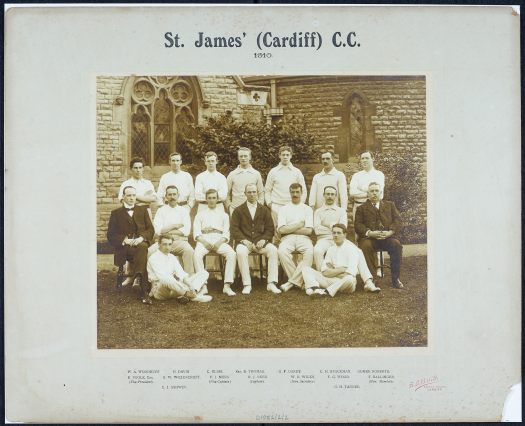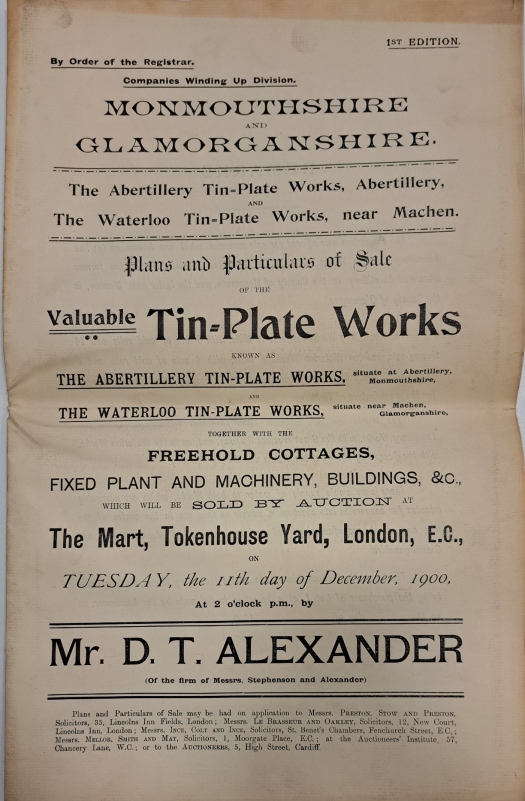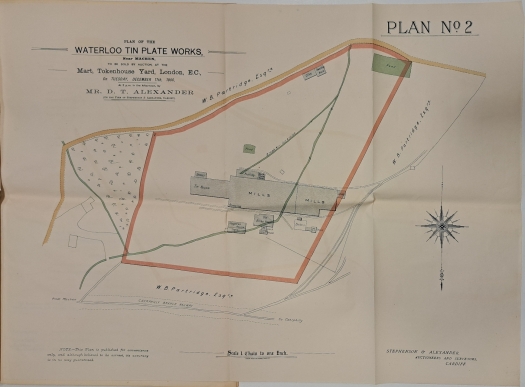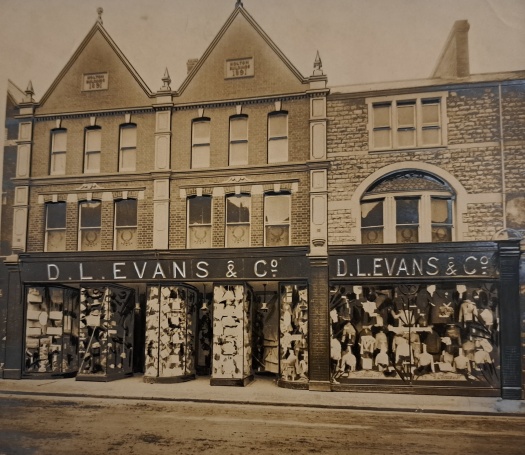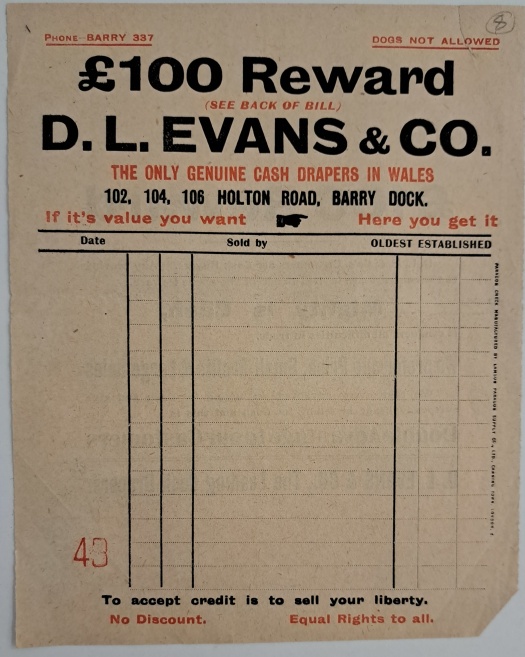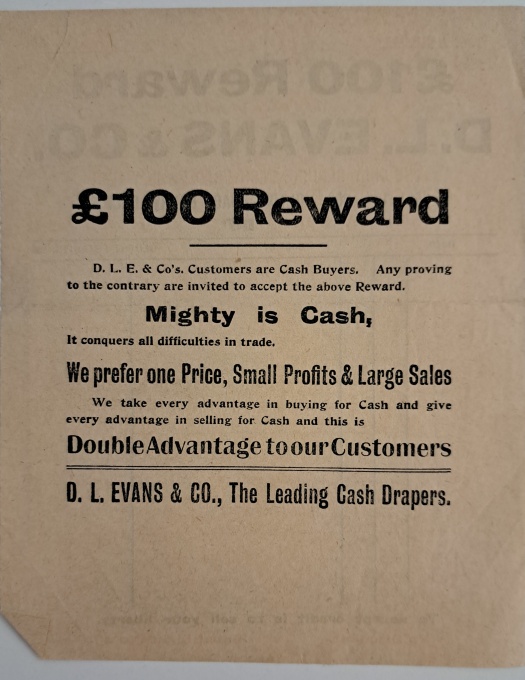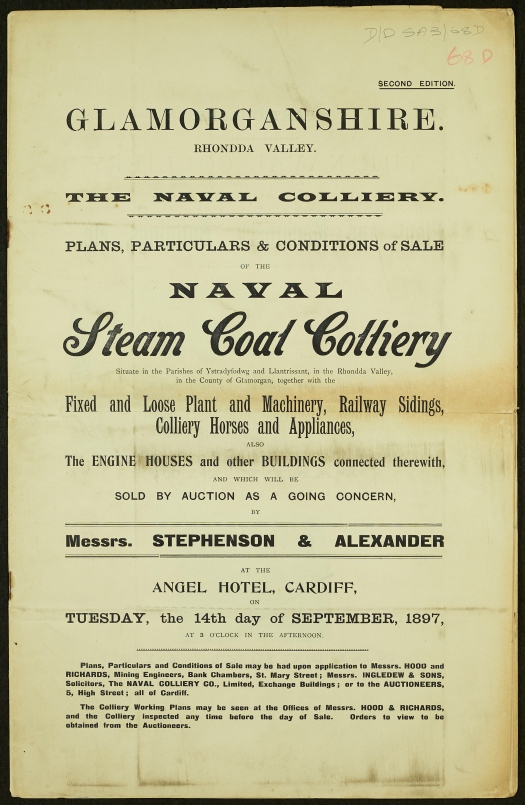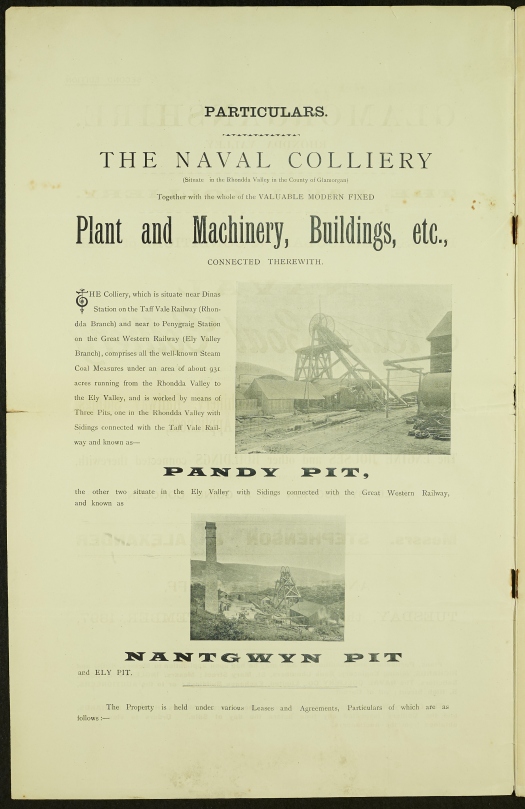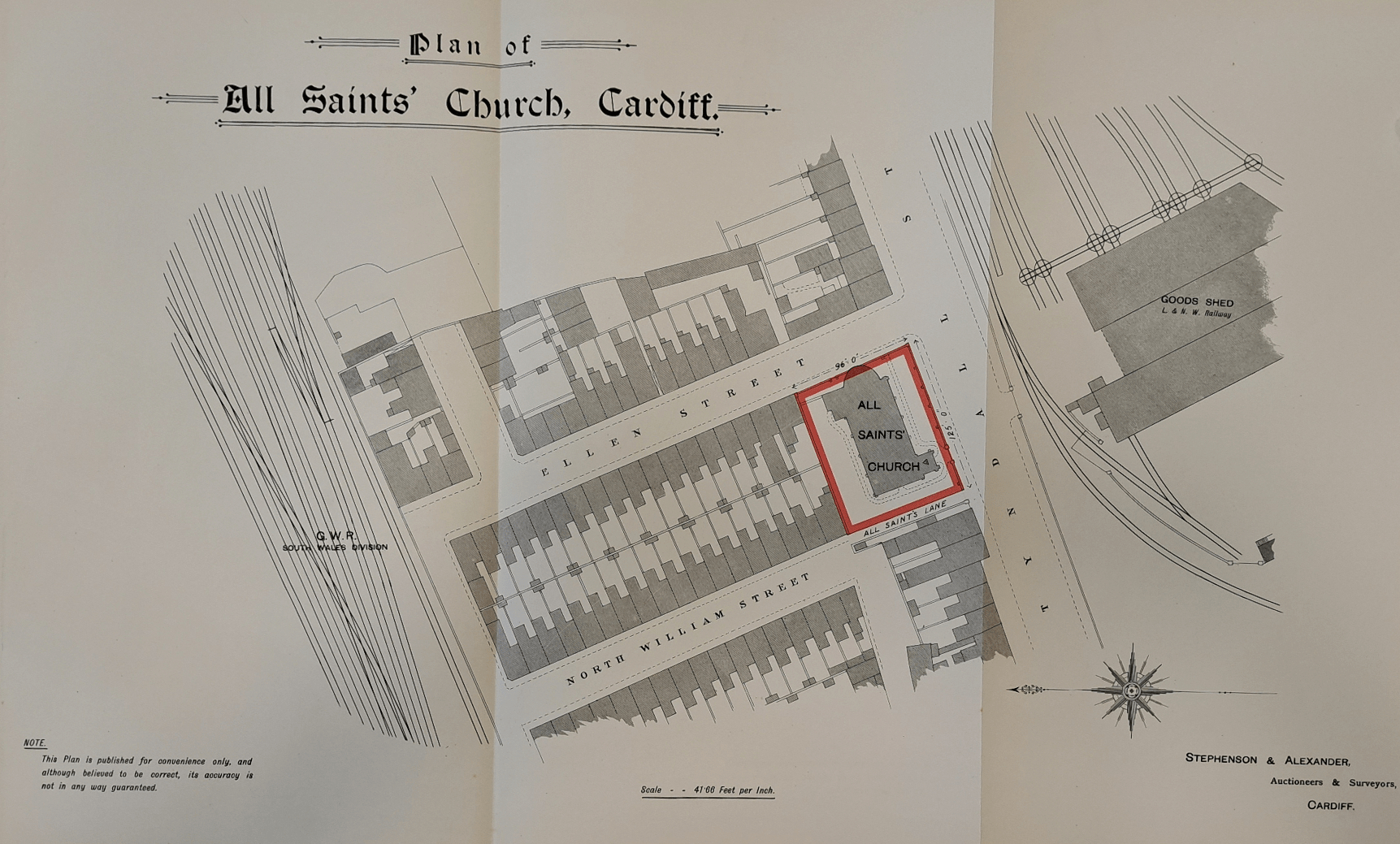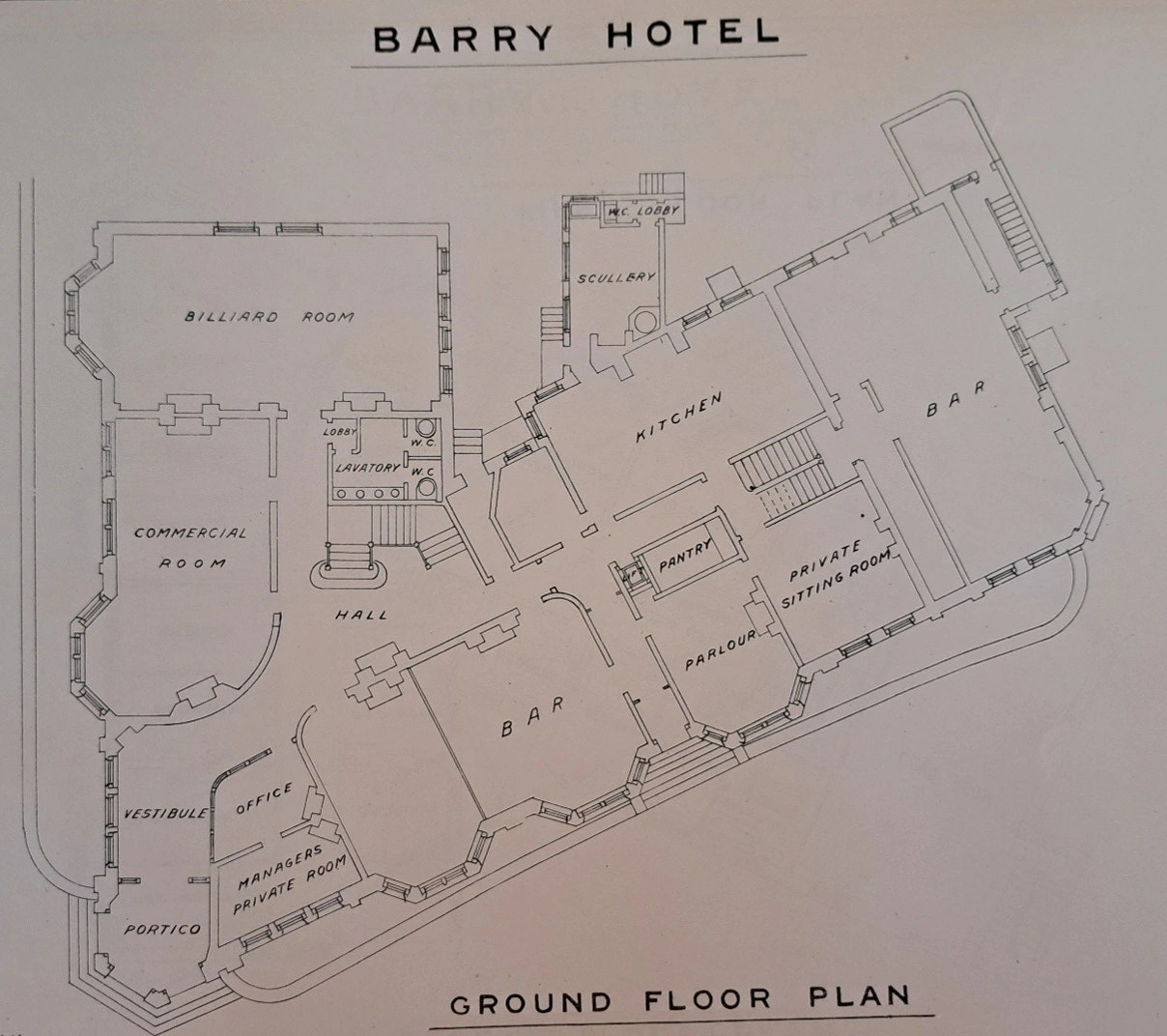Those who avidly scan the house ‘for sale’ signs will know that, occasionally, a rather special property comes onto the market. The price may be well beyond our pocket, but we still view the details and possibly imagine what it would be like to own such a house. This would have been the case for many when, in July 1898, Hollanton House on Marine Parade in Penarth was offered for sale. The house was to be sold by auction, with the sale entrusted to Cardiff-based auctioneers and chartered surveyors, Stephenson and Alexander. The company records, held at Glamorgan Archives, provide a glimpse of this grand building and the family that lived at Hollanton House.

Marine Parade, looking over Windsor Gardens and the Penarth promenade to the Bristol Channel, boasts to this day some of the most prestigious and sought-after properties in South Wales. Mostly constructed in the mid-1880s, the houses on the Parade were built to impress in an area that was often referred to as Millionaires Row. Hollanton House, a double-fronted, three-storey house set in its own grounds and adjacent to Windsor Gardens, was a fine addition to the Parade.
Through the sale particulars, compiled by Stephenson and Alexander, we are afforded a guided tour of the house and grounds. Those entering the ground floor would have encountered a series of generously proportioned rooms including drawing, breakfast and dining rooms followed by a billiard room and kitchen. On the first floor there were three bedrooms complemented by dressing and sitting rooms alongside a study and offices. Finally, onward to the top floor where there were four further bedrooms, a nursery and a second bathroom. As to the grounds, they included a grass tennis court at the front of the house with ornamental gardens and a summer house to the rear.
It is difficult to gauge the opulence and luxury to be found in such homes. However, an indication is provided by fact that the furniture, mostly in walnut and mahogany, had been sourced from Maple and Co. of London, upholsterers to Queen Victoria. In addition, the owners employed three house maids who lived on the premises, alongside probably four others who arrived daily to manage the kitchen and garden.
The sale particulars provide a fascinating portrait of the family that called Hollanton House their home. On the steps you may be just able to make out the figure of Eugene Bregeon in a rather nonchalant pose. A native of St Nazaire in France, Bregeon had made his fortune as an agent exporting coal from South Wales to France, with his ships then sailing on to Bilbao and returning with iron ore. By 1898 he was a wealthy and influential man who held a number of directorships in companies such as the Naval Colliery and the Barry Graving Dock. He had, however, decided to sell up, with plans for a new home in Paris. Close to the time of his departure it was no surprise that a plethora of leading figures in the business world were present at a dinner held at Penarth’s finest hotel, the Esplanade, to celebrate his time in Wales and wish him well for the future.
In the foreground of the photograph you can see four of Eugene’s daughters taking a short break from tennis on the grass court at the front of the house. In their late-teens and early-twenties, the Bregeon women were often to be seen at society and charity events in Penarth and Cardiff. The family was associated with All Saints Church, and Eliza Bregeon and her daughters had been leading lights in fundraising events held on summer evenings in Windsor Gardens that stretched from afternoon tea through to dancing late into the night. In the photograph Eliza is probably seated on the veranda on the right. Eugene’s first wife Grace had died at the early age of 37 and he had married Eliza in 1888. Given that Hollanton House was constructed in the mid-1880s, it may well have been built for the Bregeon family when they moved from Cardiff to Penarth.
Eugene’s only son, named after his father, does not figure in the photograph. Four years previously, he had married Minnie Weichert at a celebrated society wedding, with the newspapers reporting that the wedding cake had been provided by Huntley and Palmers, ‘Purveyors to the Queen’. A lawyer, Eugene Junior was the one member of the family to remain in South Wales when the Bregeon family finally set sail for France.
As for the sale, Stephenson and Alexander’s records confirm that it was handled in two parts. The furniture, given its quality, was quickly snapped up, with much being sold to John Cory, also of Penarth and head of the Cardiff shipping company, John Cory and Sons. The auctioneers were similarly impressed with the contents of the house, to the extent that D T Alexander bought several items. The house, however, failed to meet its reserve of £3800 and at least one interested party had withdrawn when told that it did not have stables. Nevertheless, it was an impressive building in a much sought-after area.
In the following months it became clear that there was a potential buyer in the wings. The Duncan family, originally from Scotland, were proprietors of a number of newspapers in South Wales, including the Cardiff Times, the South Wales Echo and the South Wales Daily News. It was John Duncan (later Sir John), the eldest of three brothers, who lodged an initial bid for Hollanton House, significantly below the asking price. With Eugene Bregeon now in Paris and the house unoccupied, Duncan drove a hard bargain and eventually acquired the house, early in 1899, for £3500.
At this point the rich vein of information provided by the Stephenson and Alexander papers ends. However, we know that Eugene Bregeon returned to Britain and set up home in Weston Super Mare, where he died in 1918. As for Eugene Junior and Minnie, their marriage sadly failed with Eugene divorced in 1922 for “desertion and misconduct”. With regard to Hollanton House, the name soon disappeared from records and it is likely that it was renamed by the Duncan family as Dros y Mor. If so, it served as John Duncan’s home until his death in 1914. Beyond this, if you can add to what we know about Hollanton House, then please get in touch and we will update the story.
Details of the Stephenson & Alexander collection, including the sales prospectus for Hollanton House, can be found online, under reference DSA, in the catalogue of Glamorgan Archives at https://canfod.glamarchives.gov.uk/.
Tony Peters, Glamorgan Archives Volunteer
